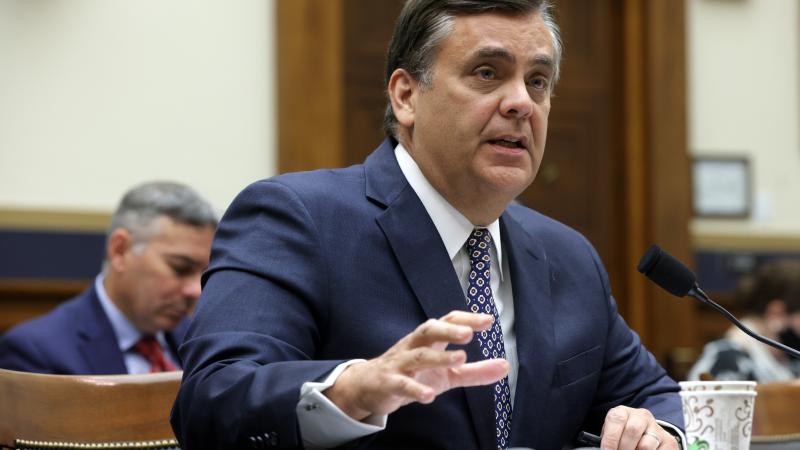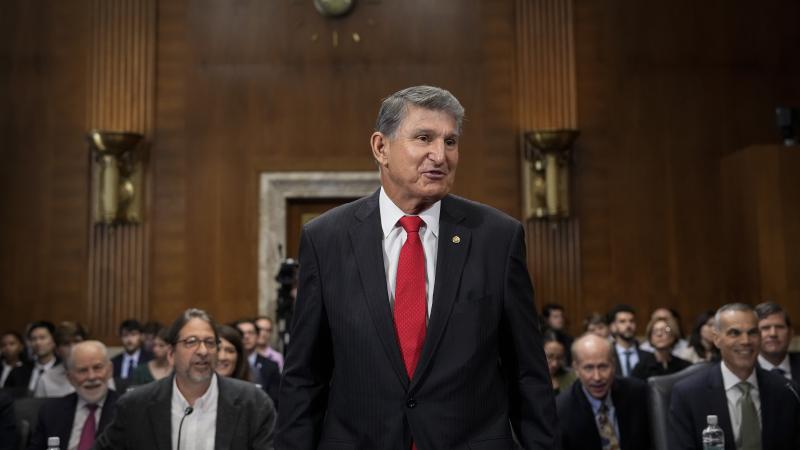Coronavirus death rate drops: Better math, better treatment or more testing?
The death rate in Wuhan, China, where the outbreak began, is now estimated at 1.4 percent after initial reports of 4 percent.
Since the start of the coronavirus crisis, frightening death rates have been publicized. China’s death rate was said to be approaching a scary 4 percent. That’s substantially higher than the death rate for seasonal flu, which is something less than 0.1 percent, according to the Centers for Disease Control.
Even worse, a February study by the World Health Organization (WHO) found the mortality rate for people over age 80 was one in five of those infected, or 21.9 percent.
But lately, the 4 percent death figure has drifted downward. For instance, the fatality rate in Wuhan, China, where the outbreak is believed to have begun, is now estimated at 1.4 percent, according to a study cited in the New England Journal of Medicine. The study was supported by National Health Commission of China and designed by the investigators. The study was approved by the institutional review board of the National Health Commission
If one factors in those patients who are infected, but do not get sick or tested, scientists say the rate is exponentially lower.
The current U.S. mortality rate, based on public statistics, has been hovering around 1.5 percent.
Is coronavirus really becoming less deadly? Or is our math getting better?
It is important to state that nothing in this discussion is intended to minimize the serious risks that can come with coronavirus infections. In the U.S., there have been more than 6,500 confirmed cases and over 100 deaths, mostly among the sick elderly. Worldwide there has been more than 200,000 confirmed cases.
The modeling of how the U.S. health system could be overwhelmed by respiratory patients has not been publicly released. But obviously, the projections are so chilling, public health officials and politicians have taken the unprecedented step of largely shutting down the country. Their hope is that social distancing and self-quarantines can both reduce transmission of coronavirus and spread out the infections so that they do not overwhelm America’s hospitals and doctors all at once.
No matter how bad it gets, it is important to have an accurate picture of what scientists call mortality rates for coronavirus. And there are two major issues with how some have calculated these so far.
First, experts most often cite an overall death rate. But deaths in the U.S. are largely concentrated in the sick and elderly. Using the average exaggerates the appearance of risk to everybody else. Public health officials have not hesitated to publicize the alarming death rate among the elderly. But they have not similarly publicized the mortality rate for those under age 60, or for children.
There may yet be cases of children succumbing to the virus here, especially if they are immune-suppressed or ill. But the current unpublicized death rate for U.S. kids (as of March 17) is not hard to figure. It is zero.
There’s a second issue when it comes to the accuracy of coronavirus death rate estimates. Many experts are calculating the figure by dividing the number of deaths by the number of people who tested positive. The problem is, most people who have, or have had, coronavirus haven’t been tested or diagnosed, according to experts, and probably won’t be. That’s because they have few or no symptoms.
By way of example, when the first U.S. death from coronavirus was also the only positive test result, the death rate — using the above mentioned calculus — would come out to 100 percent. But if scientists are correct, and at least 86 percent of cases are untested or asymptomatic, the true death rate would be fractional.
The bottom line? Early coronavirus fatality rates as often cited may appear worse than they actually are for a majority of the public because they do not include the many undiagnosed, asymptomatic cases; and because they do not reflect the dramatically elevated risk for the elderly compared to the rest of the population.
The greatest invisible danger might be posed by all of the healthy, young people who are infected but will never know it. They can unknowingly spread the virus on surfaces and in the air to the vulnerably sick and elderly.
But as of now, from a statistical standpoint, the risk of death for the young is apparently small.
The CDC was asked by Just the News how it calculates fatality rates, and whether officials there take into account the majority of the infected do not get sick. We also asked CDC to provide the mortality rate among the young. CDC did not answer those questions. Here are the questions we asked and the CDC’s full answers.
JTN: How is fatality rate for coronavirus calculated? Is the one we hear the number of deaths among the very sick or the positive tested? What about the majority of people who aren’t diagnosed or don’t know that they have it… which would be a much larger denominator when calculating?
CDC: Mortality for COVID-19 appears higher than for influenza, especially seasonal influenza. While the true mortality of COVID-19 will take some time to fully understand, WHO currently estimates that the crude mortality ratio is between 3 percent and 4 percent. For seasonal influenza, mortality is usually well below 0.1 percent. However, mortality is to a large extent determined by access to and quality of health care.
JTN: What is the death rate among the elderly and the young versus overall?
CDC: Of the more than 153,500 people who have been infected worldwide, more than 5,700 have died. That's a death rate of about 3.7 percent. The death rate, however, varies widely based on age, health and geographic location. So far, this appears to be a disease that disproportionately impacts older adults. Starting at age 60, there is an increasing risk of disease and the risk increases with age. The highest risk of serious illness and death is in people older than 80 years. A February WHO study of more than 55,000 cases in China found that the highest morality rate was among people over 80 years of age (21.9 percent).
JTN: Officials indicate the fatality rate has declined in recent days from 3 percent to about 1.75 percent. Is that because the rate is actually going down or we have a bigger denominator (tested)? Does that include all of the asymptomatic people who don’t know they have it, or is it a figure among the tested/sick?
CDC: For the last question, you’re correct.
















